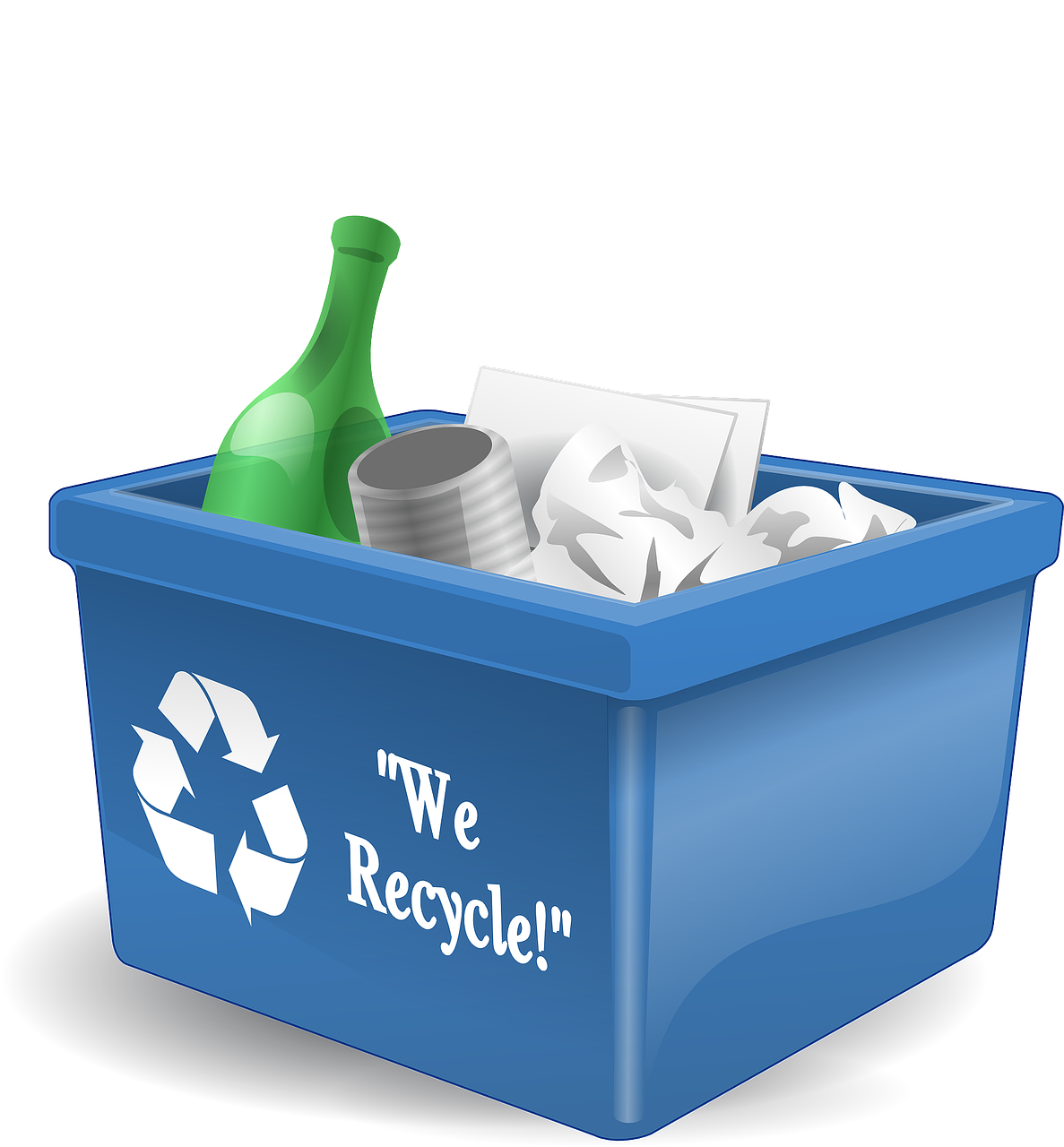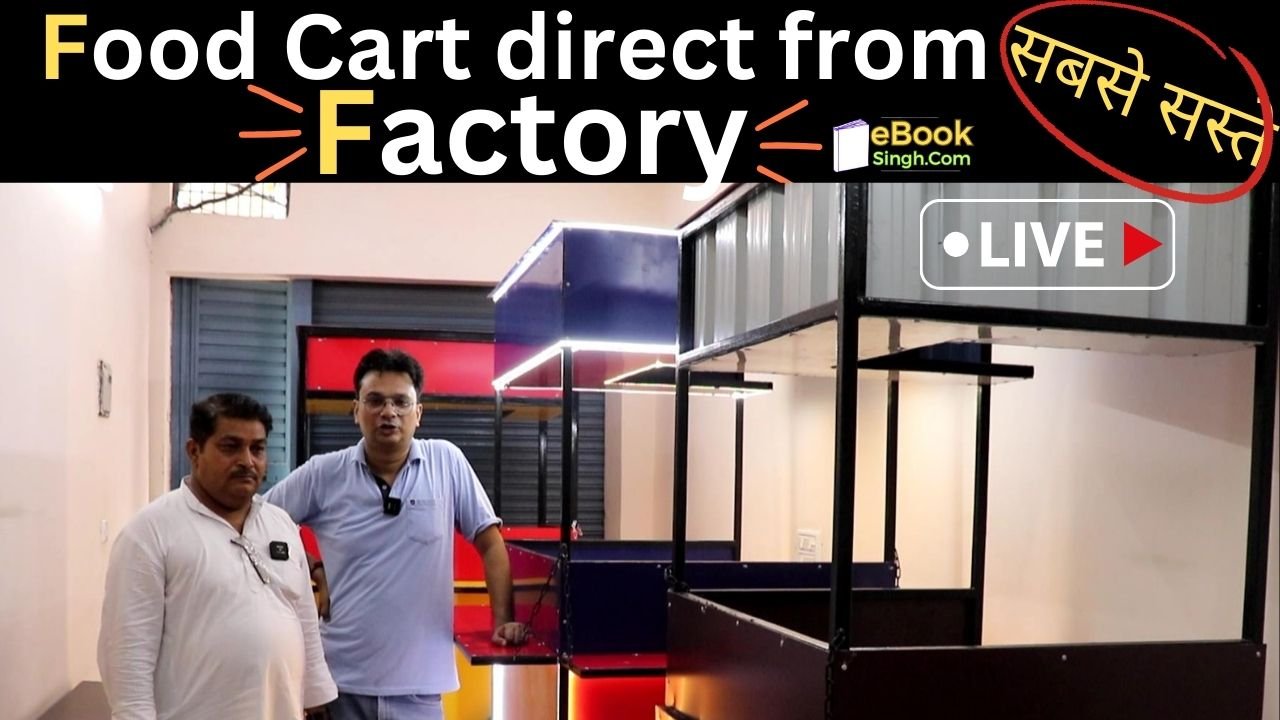How To Start A Plastic Recycling Business
What Is Plastic Recycling ?
How To Start Plastic Recycling Business
-
Demand for recycled plastic products: Research the demand for recycled plastic products in your area, including the types of products that are in high demand, such as plastic bags, bottles, and packaging materials.
-
Sources of plastic waste: Identify the sources of plastic waste, such as households, businesses, and industrial facilities. Establish partnerships with these sources to secure a steady supply of plastic waste.
-
Competition: Analyze the competition in the plastic recycling market, including existing businesses and potential new entrants. Study their strengths, weaknesses, and strategies to determine how you can differentiate your business and meet the needs of your customers.
-
Market trends: Stay informed about the latest market trends, such as changes in consumer preferences, technological advancements, and regulatory developments.
-
Customer needs: Understand the needs of your customers, including the quality, price, and delivery requirements for recycled plastic products.
-
Types of plastic: If you are thinking to start a plastic recycling plant, you must first know about the many forms of plastics. i.e.
- Polyethylene Terephthalate(PET or PETE)
- High-Density Polyethylene(HDPE)
- Polyvinyl Chloride(PVC or Vinyl)
- Low-Density Polyethylene(LDPE)
- Polypropylene(PP)
- Polystyrene(PS or Styrofoam)
By conducting a thorough market research, you can develop a better understanding of the plastic recycling market and create a strong foundation for your business. It will also help you identify opportunities, avoid potential challenges, and make informed decisions about your business strategy.
A business plan is a crucial document that outlines the goals, strategies, and actions of your plastic recycling business. It serves as a roadmap for your business and helps you secure funding and attract investors. A business plan for a plastic recycling business should include the following key elements:
-
Executive Summary: This section provides an overview of your business, including its goals, mission, and value proposition.
-
Market Analysis: This section details the demand for recycled plastic products, the sources of plastic waste, and the competition in the market.
-
Operations Plan: This section outlines the processes and systems you will use to collect, sort, and recycle plastic waste, including the equipment and workforce you will need.
-
Marketing and Sales Strategy: This section details your plans for promoting and selling your recycled plastic products, including your target customers and channels for reaching them.
-
Financial Plan: This section includes a projected budget, income statement, balance sheet, and cash flow statement to demonstrate the financial viability of your business.
-
Risk Management: This section identifies the potential risks associated with your business and outlines strategies for mitigating those risks.
Your business plan should be clear, concise, and well-researched. It should also be flexible and updated regularly as your business evolves and grows. A well-crafted business plan can help you attract funding, establish partnerships, and achieve your goals in the plastic recycling market.
3. Register Your Firm or Company
To register a plastic recycling business in India, you will need to follow these steps:
-
Choose a business structure: Decide on a business structure that best suits your needs, such as a sole proprietorship, partnership, limited liability company (LLC), or private limited company.
-
Register your business: Register your business with the Registrar of Companies (ROC) and obtain a certificate of incorporation. You will also need to obtain a Permanent Account Number (PAN) and a Tax Deduction and Collection Account Number (TAN).
-
Obtain necessary licenses: Depending on the location and type of your business, you may need to obtain various licenses, such as a trade license, a factory license, and an environmental clearance.
-
Register for Goods and Services Tax (GST): Register for GST and obtain a GSTIN. This will enable you to collect and pay GST on your sales and purchases.
-
Comply with labor laws: Comply with labor laws, such as the Minimum Wages Act, the Employees’ Provident Fund and Miscellaneous Provisions Act, and the Payment of Gratuity Act.
-
Maintain proper record-keeping: Maintain proper records of your financial transactions, including invoices, receipts, and bank statements.
By following these steps, you can successfully register your plastic recycling business in India. It is advisable to seek professional assistance from an accountant or a legal advisor to ensure that you comply with all the applicable laws and regulations.
The machinery required for a plastic recycling business depends on the type of plastic being recycled and the desired end product. The following are some of the common machinery used in plastic recycling:
-
Plastic washing machine: This machine is used to wash and clean the plastic waste.
-
Plastic shredder: This machine is used to shred the plastic waste into small pieces.
-
Plastic granulator: This machine is used to granulate the shredded plastic into small pellets.
-
Extruder: This machine is used to melt and shape the plastic pellets into a desired end product.
-
Injection molding machine: This machine is used to mold the melted plastic into a specific shape.
It is important to choose the right machinery for your plastic recycling business, based on your specific needs and budget. The cost of machinery can be significant, so it is advisable to thoroughly research the options and select equipment that is durable, efficient, and cost-effective.
7. Investment Required
The investment required for a plastic recycling business in India can vary, but typically starts from around INR 10 Lakhs to INR 50 Lakhs for a small-scale operation. Larger operations can require several crore rupees. Factors affecting the cost include the cost of equipment, materials, and labor. It is important to thoroughly research the market and plan the budget for a plastic recycling business in India to ensure its long-term success and profitability. The investment in a plastic recycling business can provide a lucrative return on investment over time.
8. Promote Your Business
Promoting a plastic recycling business can be done through various means such as advertising, networking, and community engagement. Utilizing social media platforms and creating a website to showcase the business can increase visibility and attract customers. Participating in local events and collaborating with other businesses in the community can help create brand awareness. Offer special promotions and discounts to encourage individuals and companies to recycle their plastic waste with your business. Building relationships with suppliers and vendors can also increase business opportunities and drive growth.
Importance of Plastic Recycling
Plastic recycling is crucial for a sustainable future as it helps reduce the amount of plastic waste that ends up in landfills and the environment . The recycling of plastic not only conserves limited natural resources but also reduces greenhouse gas emissions associated with the production of new plastic. Additionally, recycling plastic generates employment opportunities, thus supporting local economies.
-
Reduces Plastic Waste: Plastic recycling helps in reducing the amount of plastic waste that ends up in landfills and the environment.
-
Conserves Natural Resources: Recycling plastic conserves limited natural resources and reduces the need for new plastic production.
-
Reduces Greenhouse Gas Emissions: The recycling of plastic reduces greenhouse gas emissions associated with the production of new plastic.
-
Generates Employment Opportunities: Recycling plastic generates employment opportunities, thus supporting local economies.
-
Conserves Energy: The production of new plastic requires a significant amount of energy, whereas the recycling of plastic consumes less energy and reduces overall energy consumption.
-
Reduces Dependency on Petroleum: Plastic recycling helps in reducing the dependency on petroleum, a non-renewable resource.
-
Prevents Environmental Pollution: Plastic recycling helps in reducing pollution of land and water resources by preventing the release of toxic chemicals from landfills.
-
Supports Energy Security: By recycling plastic, the demand for petroleum is reduced, supporting energy security.
-
Promotes Sustainable Future: Plastic recycling plays a crucial role in ensuring a sustainable future by conserving natural resources, reducing greenhouse gas emissions, generating employment, conserving energy, reducing dependency on petroleum, and preventing environmental pollution.
In conclusion, plastic recycling plays a crucial role in ensuring a sustainable future. By recycling plastic, we can conserve natural resources, reduce greenhouse gas emissions, generate employment, conserve energy, reduce dependency on petroleum, and prevent environmental pollution. It is important for individuals, communities, and businesses to adopt and promote plastic recycling practices.
Process of Plastic Recycling
-
Collection and Sorting: The first step of the plastic recycling process involves the collection of used plastic products, which are then sorted into different types of plastic based on their resin type.
-
Cleaning: The sorted plastic is then cleaned to remove any impurities and contaminants.
-
Shredding: The cleaned plastic is then shredded into small pieces.
-
Melting and Molding: The shredded plastic is then melted and molded into new products. The melted plastic is cooled and solidified into the desired shape, such as pellets or new products.
-
Use of Recycled Plastic: The resulting recycled plastic can be used to create new products, reducing the need for new plastic production and conserving natural resources. This process helps in reducing plastic waste, conserving energy, reducing greenhouse gas emissions, and supporting local economies.
In conclusion, plastic recycling is an essential step towards a sustainable future and conserving our natural resources. The plastic recycling process helps to reduce plastic waste and conserve energy, reduce greenhouse gas emissions, and support local economies. By recycling plastic, we can help ensure a better future for ourselves and future generations.
Types Of Plastic Recycling
There are several types of plastic recycling, each with its own process and end-uses. Some of the common types of plastic recycling include:
-
Mechanical Recycling: This is the most common form of plastic recycling and involves the shredding, melting, and molding of plastic into new products. This process can be used for all types of plastic, and the resulting recycled plastic can be used to create a wide range of products, such as packaging, toys, and even construction materials.
-
Chemical Recycling: This type of recycling involves breaking down plastic into its basic chemical building blocks, which can then be used to produce new plastic. Chemical recycling is typically used for more difficult-to-recycle plastics, such as mixed plastics and end-of-life products.
-
Biodegradable Plastic Recycling: This type of recycling involves the conversion of biodegradable plastics into compost, which can then be used as a soil amendment. This process helps to reduce the amount of biodegradable plastic waste that ends up in landfills.
-
Energy Recovery: This type of recycling involves the conversion of plastic waste into fuel or energy through processes such as pyrolysis and gasification. This process can help to reduce the amount of plastic waste and conserve energy.
In conclusion, each type of plastic recycling has its own benefits and limitations, and the best approach will depend on the specific plastic waste stream and the desired end-use of the recycled material. Regardless of the type of recycling, all forms of plastic recycling play a crucial role in reducing plastic waste and conserving natural resources.

















